Home>Articles>Carbon Monoxide Detector: How Long Does It Last
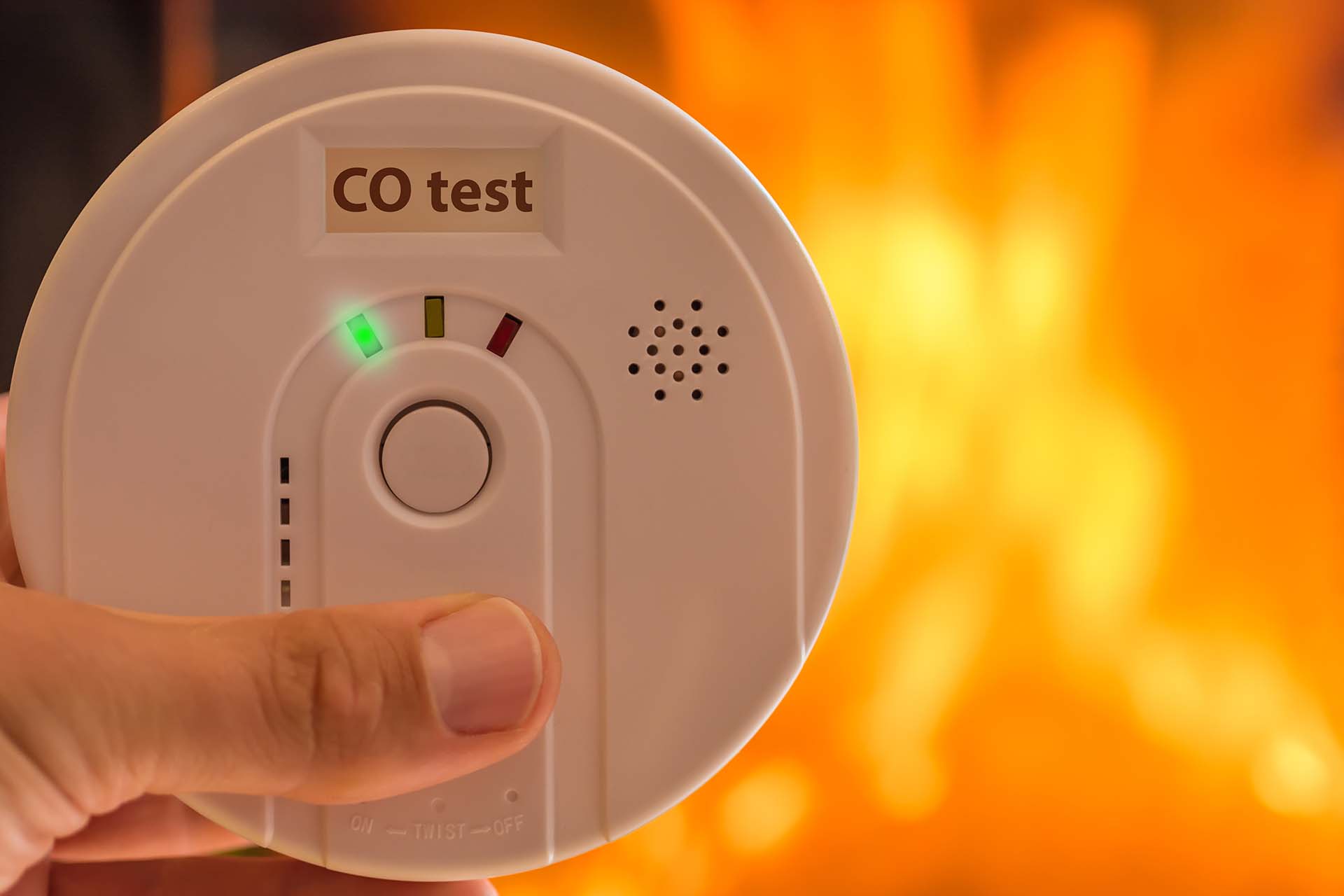

Articles
Carbon Monoxide Detector: How Long Does It Last
Modified: August 22, 2024
Discover the lifespan of carbon monoxide detectors and how often you should replace them. Stay informed with our informative articles on carbon monoxide detectors.
(Many of the links in this article redirect to a specific reviewed product. Your purchase of these products through affiliate links helps to generate commission for Storables.com, at no extra cost. Learn more)
Introduction
Carbon monoxide (CO) is a colorless, odorless, and tasteless gas that can be extremely dangerous if undetected. It is produced by the incomplete combustion of fossil fuels, such as gas, oil, coal, and wood. When inhaled, carbon monoxide can block the oxygen-carrying capacity of red blood cells, leading to carbon monoxide poisoning, which can be life-threatening.
Fortunately, carbon monoxide detectors are designed to alert us when levels of this gas reach unsafe levels in our homes or workplaces. These devices are essential for ensuring the safety of our families and ourselves. But have you ever wondered how long a carbon monoxide detector lasts before it needs to be replaced? In this article, we will delve into the factors that affect the lifespan of carbon monoxide detectors and provide insights into the different types of detectors available on the market.
Before we explore the lifespan of a carbon monoxide detector, it’s important to note that the quality and reliability of the device can vary. It’s always recommended to invest in a detector that meets the required safety standards and has good user reviews.
Now, let’s dive into the factors that can affect the lifespan of a carbon monoxide detector.
Key Takeaways:
- Regular testing and maintenance of carbon monoxide detectors are crucial for ensuring their effectiveness and your safety. Factors like quality, power source, and sensor lifespan impact the detector’s longevity.
- Signs of a failing carbon monoxide detector, such as expired lifespan, false alarms, and sensor errors, should be addressed promptly to maintain the detector’s effectiveness and protect against carbon monoxide poisoning.
Read more: How Does Carbon Monoxide Detector Work
Factors Affecting the Lifespan of a Carbon Monoxide Detector
The lifespan of a carbon monoxide detector can vary depending on several factors. Understanding these factors can help you better manage the maintenance and replacement of your detector, ensuring ongoing protection against this deadly gas. Here are the key factors that can affect the lifespan of a carbon monoxide detector:
- Quality and Brand: The quality and brand of the carbon monoxide detector play a significant role in its lifespan. Higher-quality detectors often come with better components and sensors that can last longer.
- Usage and Exposure to CO: Carbon monoxide detectors have a limited lifespan based on the number of hours they are exposed to carbon monoxide. If your home or workplace has high levels of carbon monoxide due to a faulty heating system or other factors, the detector will have to work harder and potentially have a shorter lifespan.
- Battery Life and Power Source: The power source of the carbon monoxide detector can affect its lifespan. Battery-powered detectors will need to have their batteries replaced periodically, typically every one to five years. Plug-in detectors, on the other hand, rely on a continuous power source and may have a longer lifespan.
- Environmental Conditions: The environment in which the carbon monoxide detector is installed can impact its lifespan. Extreme temperatures, high humidity, and exposure to dust and debris can all contribute to the wear and tear of the device.
- Age of the Detector: As with any electronic device, the age of the carbon monoxide detector can also influence its lifespan. Over time, the components and sensors inside the detector may become less reliable and less accurate.
It’s important to consider these factors when selecting a carbon monoxide detector and planning for its replacement. Regular maintenance and testing of the detector can also help ensure its optimal performance and longevity.
Now that we’ve explored the factors affecting the lifespan of a carbon monoxide detector, let’s discuss the different types of detectors available on the market and their specific lifespans.
Battery-Powered Carbon Monoxide Detectors
Battery-powered carbon monoxide detectors are a popular choice for many households due to their convenience and ease of installation. These detectors typically use replaceable batteries to power their operation. The lifespan of a battery-powered carbon monoxide detector can vary depending on several factors, including the type of battery used and the brand of the detector.
The most common type of battery used in these detectors is the 9-volt battery. These batteries generally last for one to two years, depending on the quality of the battery and the power consumption of the detector. It’s important to note that the detector will usually emit a low battery warning when the battery is running low, indicating the need for a replacement.
Some battery-powered carbon monoxide detectors may use alternative power sources, such as AA or AAA batteries. These detectors typically have a longer battery life, often lasting up to five years before requiring a battery replacement.
It’s crucial to regularly test the functionality of a battery-powered carbon monoxide detector and replace the batteries as recommended by the manufacturer. Failing to replace the batteries on time can result in the detector malfunctioning or not providing accurate readings, compromising the safety of the household.
Moreover, it’s essential to keep in mind that the lifespan of the carbon monoxide sensor within the detector can differ from the battery lifespan. The sensor is responsible for detecting the presence of carbon monoxide gas and alerting users. Carbon monoxide sensors typically have a lifespan of around five to seven years, after which they may lose their accuracy and become less reliable.
In summary, battery-powered carbon monoxide detectors are convenient and widely used in many households. The lifespan of these detectors varies depending on factors such as the battery type, brand, and usage. Regular testing and battery replacement, along with monitoring the lifespan of the carbon monoxide sensor, are essential for maintaining the effectiveness of these detectors.
Plug-In Carbon Monoxide Detectors
Plug-in carbon monoxide detectors offer a convenient and reliable option for detecting the presence of carbon monoxide in residential and commercial spaces. These detectors are powered by a continuous electrical supply and are typically plugged into a standard wall outlet, eliminating the need for battery replacements.
The lifespan of plug-in carbon monoxide detectors can be longer compared to battery-powered ones, primarily because they have a constant power source. These detectors are designed to operate continuously, providing round-the-clock protection against carbon monoxide gas.
While plug-in carbon monoxide detectors do not require battery replacements, they still need to be regularly tested to ensure proper functionality. Most detectors of this type come with a test button that allows users to easily check if the device is working correctly.
It’s important to note that even though plug-in detectors don’t rely on batteries, they can still have a limited lifespan. The lifespan of the carbon monoxide sensor within the detector plays a crucial role in its overall lifespan. Carbon monoxide sensors typically last for around five to seven years before their accuracy and reliability may start to decline.
When using plug-in carbon monoxide detectors, it’s essential to select a reliable brand that meets safety standards. Regular maintenance, including cleaning the detector and ensuring it is free of dust and debris, can also help extend its lifespan and maintain accurate readings.
Additionally, it’s recommended to have multiple carbon monoxide detectors installed in different areas of the home or workplace, especially if it is a large or multi-level property. This ensures that carbon monoxide gas can be detected in various areas and provides better overall protection.
In summary, plug-in carbon monoxide detectors offer a convenient and reliable option for continuous monitoring of carbon monoxide levels. With their constant power source, they can have a longer lifespan compared to battery-powered detectors. However, it’s still crucial to regularly test and maintain these detectors, ensuring the accuracy and effectiveness of the carbon monoxide sensor.
Hardwired Carbon Monoxide Detectors
Hardwired carbon monoxide detectors are directly connected to the electrical system of a building, ensuring a constant power supply without the need for batteries or plug-in connections. These detectors are typically installed by a professional electrician and are commonly found in commercial buildings and newer residential constructions.
One of the main advantages of hardwired carbon monoxide detectors is their uninterrupted operation. Since they are directly connected to the electrical system, they don’t rely on batteries or external power sources. This ensures that the detector remains active at all times, providing continuous protection against carbon monoxide gas.
The lifespan of hardwired carbon monoxide detectors is generally longer compared to battery-powered or plug-in detectors. They can typically last for 10 years or more, depending on the quality of the detector and regular maintenance.
Similar to other types of carbon monoxide detectors, the lifespan of the carbon monoxide sensor within a hardwired detector is an important factor to consider. Carbon monoxide sensors usually have a lifespan of five to seven years before they may become less accurate and reliable.
It’s important to regularly test hardwired carbon monoxide detectors to ensure they are functioning correctly. Most detectors of this type come with a test button that allows users to check if the device is working properly. Additionally, routine maintenance, such as cleaning the detector and ensuring it is free from dust and debris, can contribute to its longevity.
When installing hardwired carbon monoxide detectors, it’s crucial to ensure they are placed strategically throughout the building. This includes installing detectors in each sleeping area and on every level of the building, as recommended by safety standards. This provides comprehensive coverage and ensures that carbon monoxide gas can be detected promptly in case of a leak or elevated levels.
In summary, hardwired carbon monoxide detectors offer a reliable and long-lasting option for continuous monitoring of carbon monoxide levels in buildings. With their direct electrical connection, they provide uninterrupted power and can have a lifespan of 10 years or more. However, regular testing and maintenance are still necessary to ensure the functionality and accuracy of the carbon monoxide sensor within the detector.
Replace your carbon monoxide detector every 5-7 years to ensure it continues to function properly and provide reliable protection for your home.
Read more: What Does A Carbon Monoxide Detector Do
Lifespan of Carbon Monoxide Detector Sensors
The carbon monoxide sensor is a crucial component of a carbon monoxide detector, responsible for detecting the presence of carbon monoxide gas and alerting users. Understanding the lifespan of these sensors is essential for maintaining the effectiveness and accuracy of the detector.
Carbon monoxide sensors typically have a lifespan ranging from five to seven years. This lifespan is impacted by various factors, including the brand and quality of the detector, the environment in which it is installed, and the frequency of exposure to carbon monoxide gas.
Over time, the sensitivity of the carbon monoxide sensor may decline, leading to inaccurate readings or failure to detect carbon monoxide gas altogether. This is why it’s important to replace the carbon monoxide detector within the recommended time frame, even if it appears to be functioning properly.
Some carbon monoxide detectors have built-in features to indicate when the sensor’s lifespan is nearing its end. This can include audible alerts, digital displays, or warning lights. It’s crucial to pay attention to these warnings and replace the detector promptly to ensure ongoing protection against carbon monoxide gas.
Regular testing and maintenance of carbon monoxide detectors are also essential for monitoring the functionality of the carbon monoxide sensor. Most detectors have a test button that allows users to simulate the presence of carbon monoxide and ensure that the alarm and sensor are working correctly.
It’s important to note that the carbon monoxide sensor is a delicate component that can be affected by environmental factors. Extreme temperatures, high humidity, and exposure to dust and debris can impact the lifespan and performance of the sensor. Regular cleaning of the detector and ensuring it is free from obstructions can help maintain the sensor’s functionality.
Ultimately, being aware of the lifespan of carbon monoxide detector sensors is vital for ensuring the ongoing safety of your home or workplace. Replacing the detector within the recommended timeframe, regularly testing its functionality, and maintaining the detector’s environment will help ensure accurate detection of carbon monoxide gas and protect against the risks of carbon monoxide poisoning.
Signs of a Failing Carbon Monoxide Detector
A carbon monoxide detector is a critical device for detecting the presence of this silent and deadly gas in our surroundings. However, like any electronic device, carbon monoxide detectors can experience issues or fail over time. It’s important to be aware of the signs that indicate a failing detector, as it can compromise your safety. Here are some common signs to look out for:
- Expired Lifespan: Carbon monoxide detectors have a limited lifespan, typically ranging from five to ten years, depending on the model and brand. If your detector has exceeded its expected lifespan, it may not provide accurate readings, making it essential to replace it promptly.
- Frequent False Alarms: If your carbon monoxide detector consistently goes off without any apparent reason, it could indicate a problem. False alarms may be caused by an issue with the sensor or other internal components, requiring attention or replacement.
- Malfunctioning Test Button: Most carbon monoxide detectors come with a test button to check their functionality. If the test button fails to trigger a response or consistently produces inconsistent test results, it could be a sign of a failing detector.
- Sensor Errors: Some advanced carbon monoxide detectors have digital displays that show the current carbon monoxide levels. If you notice frequent sensor errors or inconsistencies in the readings, it could indicate a malfunctioning or deteriorating sensor.
- No Audible Alarm: During the test or when a carbon monoxide leak is detected, the detector should emit a loud, audible alarm. If you notice that the alarm sound is weak or not audible at all, it’s a clear indication of a failing or malfunctioning detector.
- Physical Damage: External physical damage to the carbon monoxide detector, such as cracks, dents, or exposed wiring, can compromise its effectiveness. Such damage may disrupt the internal components and prevent accurate detection of carbon monoxide gas.
- Expired or Non-Functioning Batteries: For battery-powered carbon monoxide detectors, dead or expired batteries can significantly impair their operation. If the detector doesn’t power on or consistently emits low battery warnings even after battery replacement, it may be a sign of a failing detector.
If you encounter any of these signs or suspect that your carbon monoxide detector is not functioning correctly, it’s crucial to take immediate action. Follow the manufacturer’s guidelines for troubleshooting or contact a professional to assess the detector and determine if it needs repair or replacement.
Remember, a failing carbon monoxide detector is a potential safety risk, as it may fail to alert you to the presence of carbon monoxide gas, putting your health and well-being at risk. Regular testing, maintenance, and timely replacement of detectors are essential to ensure ongoing protection against carbon monoxide poisoning.
Importance of Regular Testing and Maintenance
Regular testing and maintenance of carbon monoxide detectors are vital for ensuring their effectiveness and your safety. Carbon monoxide is a silent and odorless gas, making it essential to have properly functioning detectors in your home or workplace. Here are the key reasons why regular testing and maintenance are crucial:
- Ensuring Proper Functionality: Regular testing allows you to verify that your carbon monoxide detector is working correctly. By pressing the test button and ensuring the alarm sounds, you can confirm that the device is accurately detecting carbon monoxide gas. Testing should be performed monthly to ensure continuous readiness.
- Early Detection of Issues: Regular testing can help you identify any potential issues with your carbon monoxide detector early on. For instance, if the test button doesn’t produce a response or if the alarm sound is weak, it indicates a problem that needs attention. Identifying and addressing issues promptly can help avoid safety risks.
- Replacing Expired Batteries or Sensors: Carbon monoxide detectors, especially battery-powered ones, require regular battery replacement. By testing the detector, you can determine if the batteries are still functional or need to be replaced. Additionally, testing can help indicate if the carbon monoxide sensor is reaching the end of its lifespan and needs replacement.
- Preventing False Alarms: Regular maintenance, including cleaning the detector, can help prevent false alarms. Dust, debris, or obstructions can affect the accuracy of the sensor and trigger false alarms. By keeping the detector clean and free from any hindrances, you can mitigate the risk of unnecessary panic or disruptions caused by false alarms.
- Monitoring Carbon Monoxide Levels: Some advanced carbon monoxide detectors have digital displays that show the current carbon monoxide levels in your surroundings. Regularly checking these readings can help identify any concerning trends or potential sources of carbon monoxide leaks. If you notice consistent high levels, it signals a need for immediate action to address the source of the gas.
- Complying with Safety Standards: Regular testing and maintenance of carbon monoxide detectors are often required by local safety regulations and building codes. By adhering to these standards, you not only ensure your safety but also meet legal requirements to maintain a safe living or working environment.
It’s important to consult the manufacturer’s guidelines for specific instructions on testing and maintenance as each detector may have different recommendations. In addition to regular testing, it’s crucial to replace carbon monoxide detectors within their recommended lifespan to ensure continuous protection against this lethal gas.
Remember, carbon monoxide poisoning can be life-threatening, and regular testing and maintenance of detectors are simple yet essential steps to safeguard yourself and your loved ones. By taking proactive measures, you can have peace of mind knowing that your carbon monoxide detectors are in proper working condition, providing the earliest possible warning in the event of a carbon monoxide leak.
Conclusion
Carbon monoxide detectors are crucial devices for protecting our homes and workplaces from the dangers of carbon monoxide gas. Understanding the lifespan and proper maintenance of these detectors is essential for ensuring their effectiveness and your safety.
Factors such as the quality of the detector, usage and exposure to carbon monoxide, power source, environmental conditions, and the age of the detector can all impact its lifespan. Battery-powered detectors require periodic battery replacements, usually every one to five years, while plug-in and hardwired detectors have longer lifespans.
The lifespan of the carbon monoxide sensor within the detector is also critical. These sensors typically last for about five to seven years before they may become less accurate and reliable, requiring replacement.
It’s important to be aware of the signs of a failing carbon monoxide detector, including expired lifespan, frequent false alarms, malfunctioning test buttons, sensor errors, weak or inaudible alarms, and physical damage. Addressing these signs promptly can help maintain the effectiveness of the detector.
Regular testing and maintenance are of utmost importance to ensure proper functionality of carbon monoxide detectors. Testing should be performed monthly, and detectors should be cleaned regularly to prevent false alarms and ensure accurate readings. Battery replacements and sensor replacement within the recommended lifespan are also crucial maintenance tasks.
By staying proactive with regular testing and maintenance, you can ensure that your carbon monoxide detectors are primed to detect any presence of this lethal gas. This provides you with the peace of mind and protection you need to keep yourself and your loved ones safe from carbon monoxide poisoning.
Remember, the safety of our homes and workplaces should never be compromised. By investing in high-quality detectors, following proper testing and maintenance practices, and staying vigilant, we can mitigate the risks associated with carbon monoxide gas and create a safer environment for all.
Frequently Asked Questions about Carbon Monoxide Detector: How Long Does It Last
Was this page helpful?
At Storables.com, we guarantee accurate and reliable information. Our content, validated by Expert Board Contributors, is crafted following stringent Editorial Policies. We're committed to providing you with well-researched, expert-backed insights for all your informational needs.
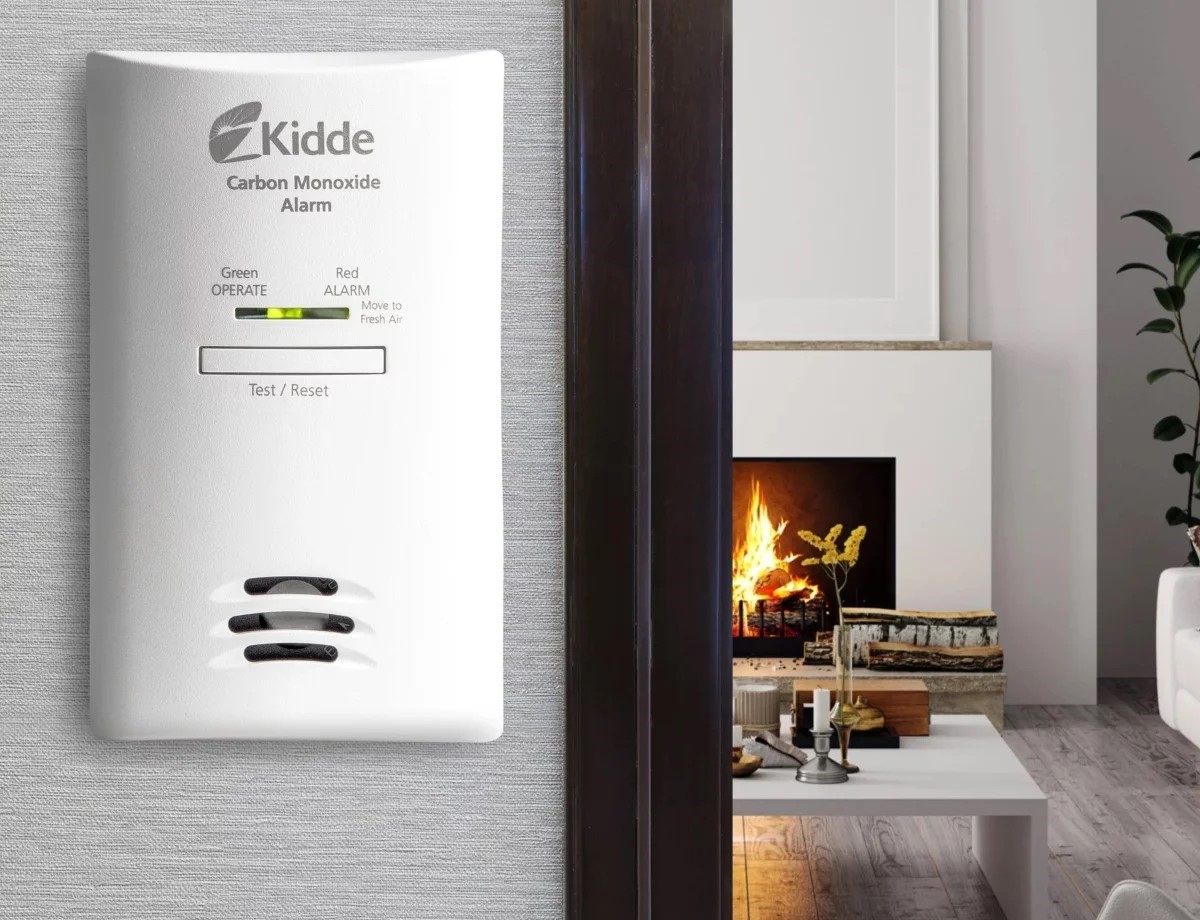
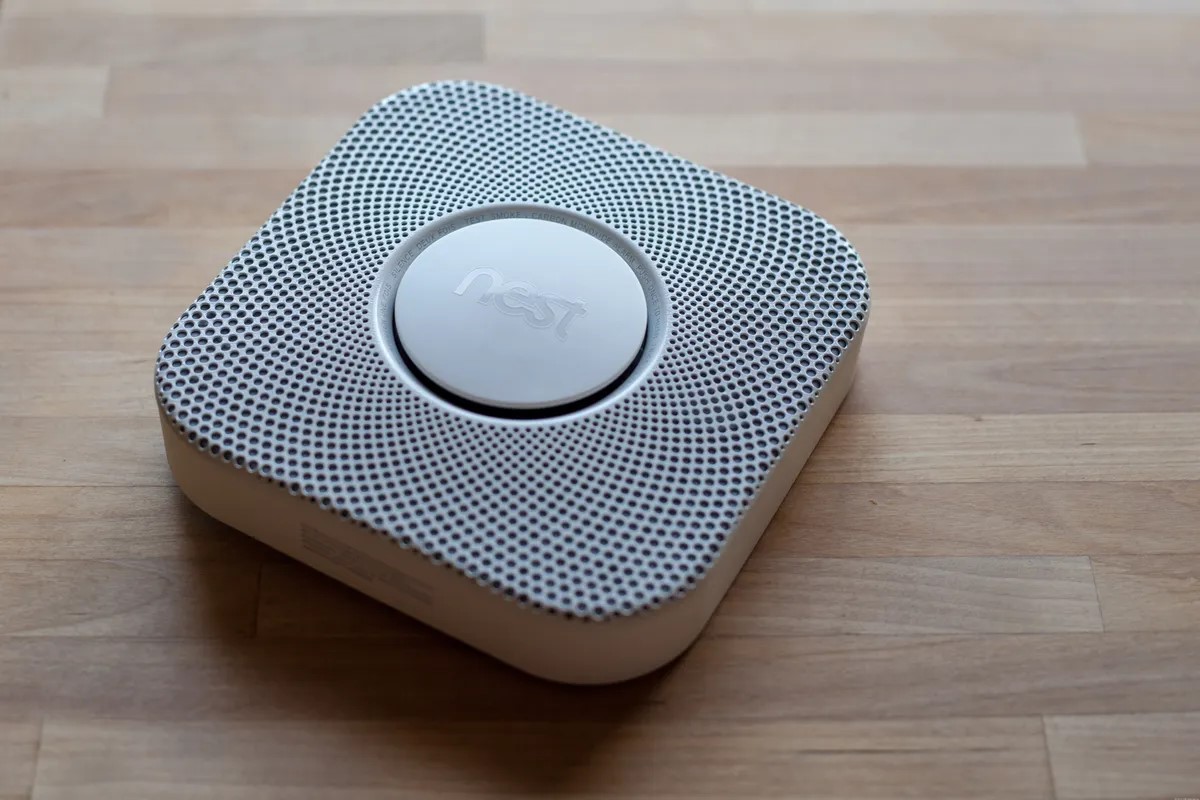
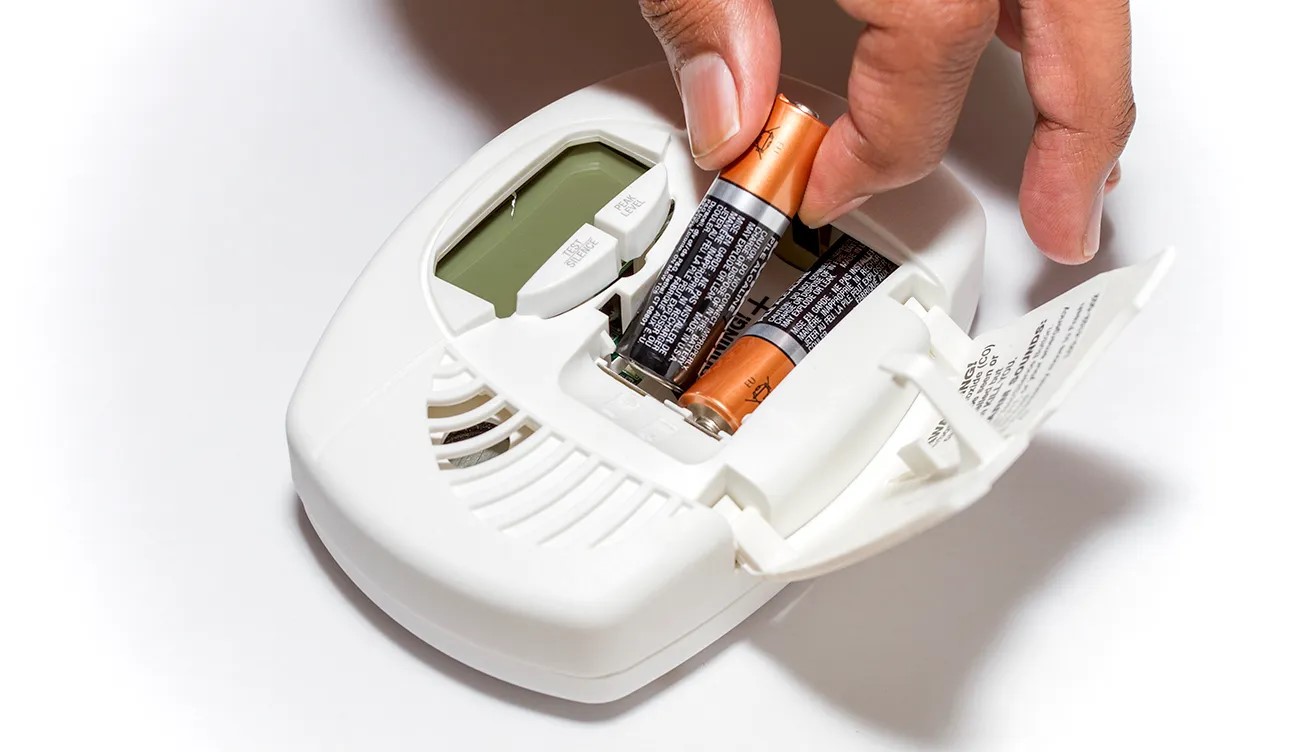
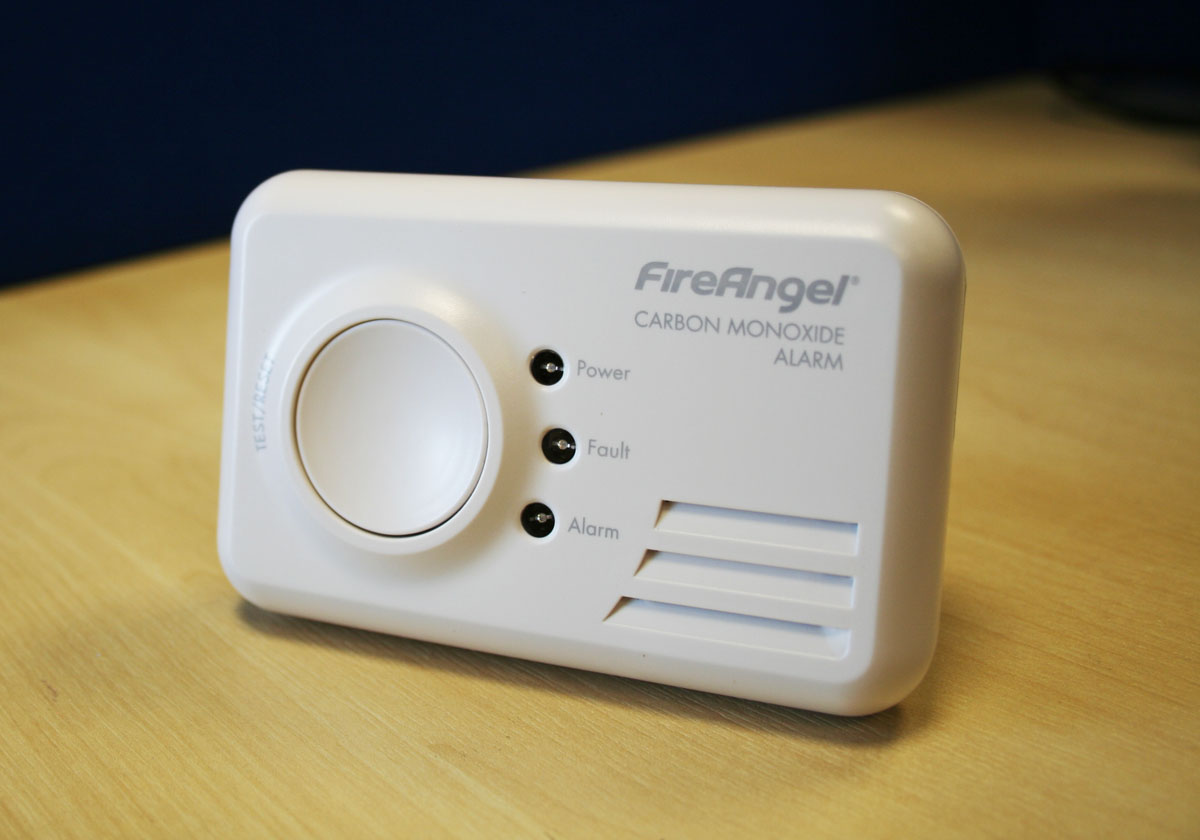
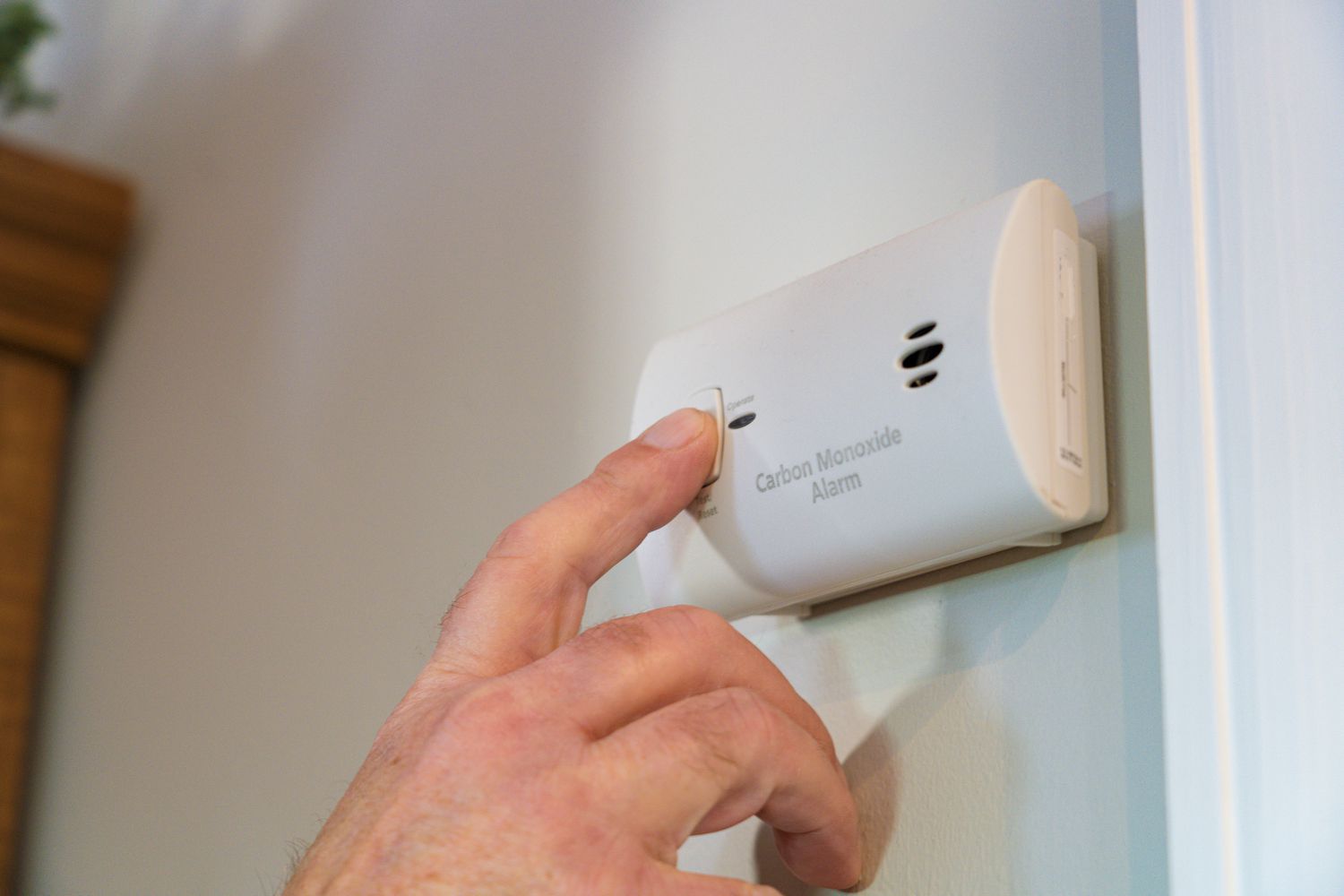
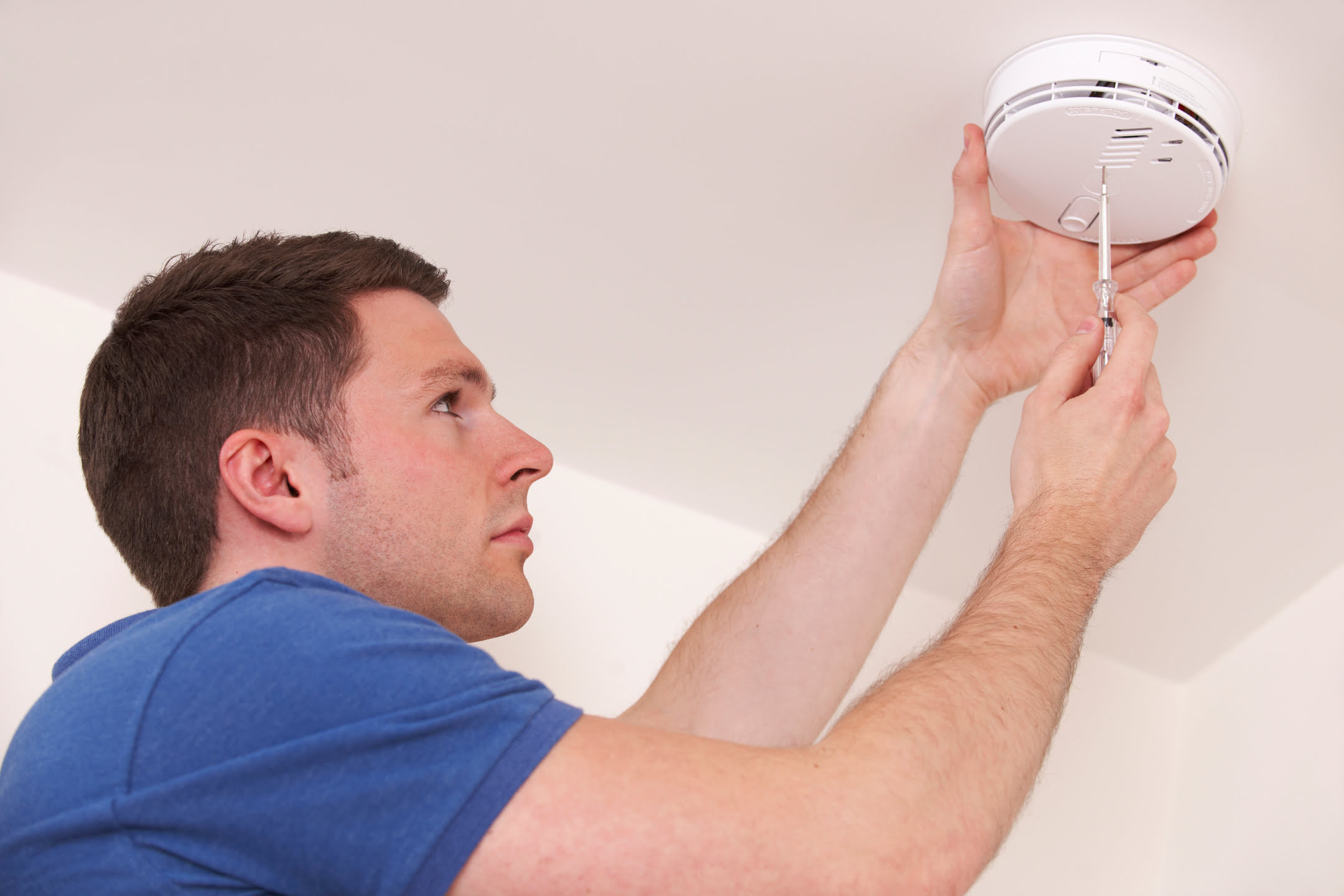
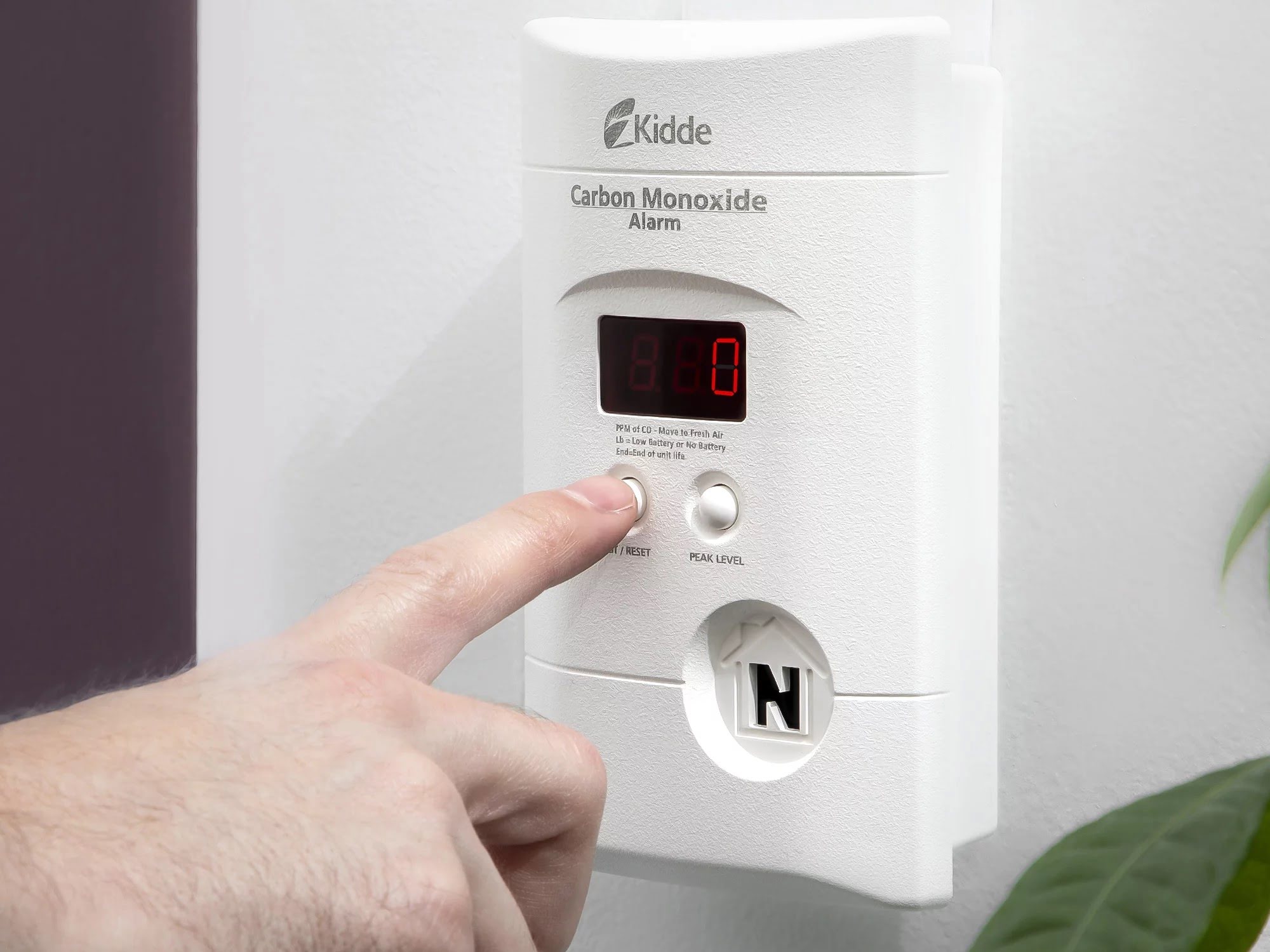

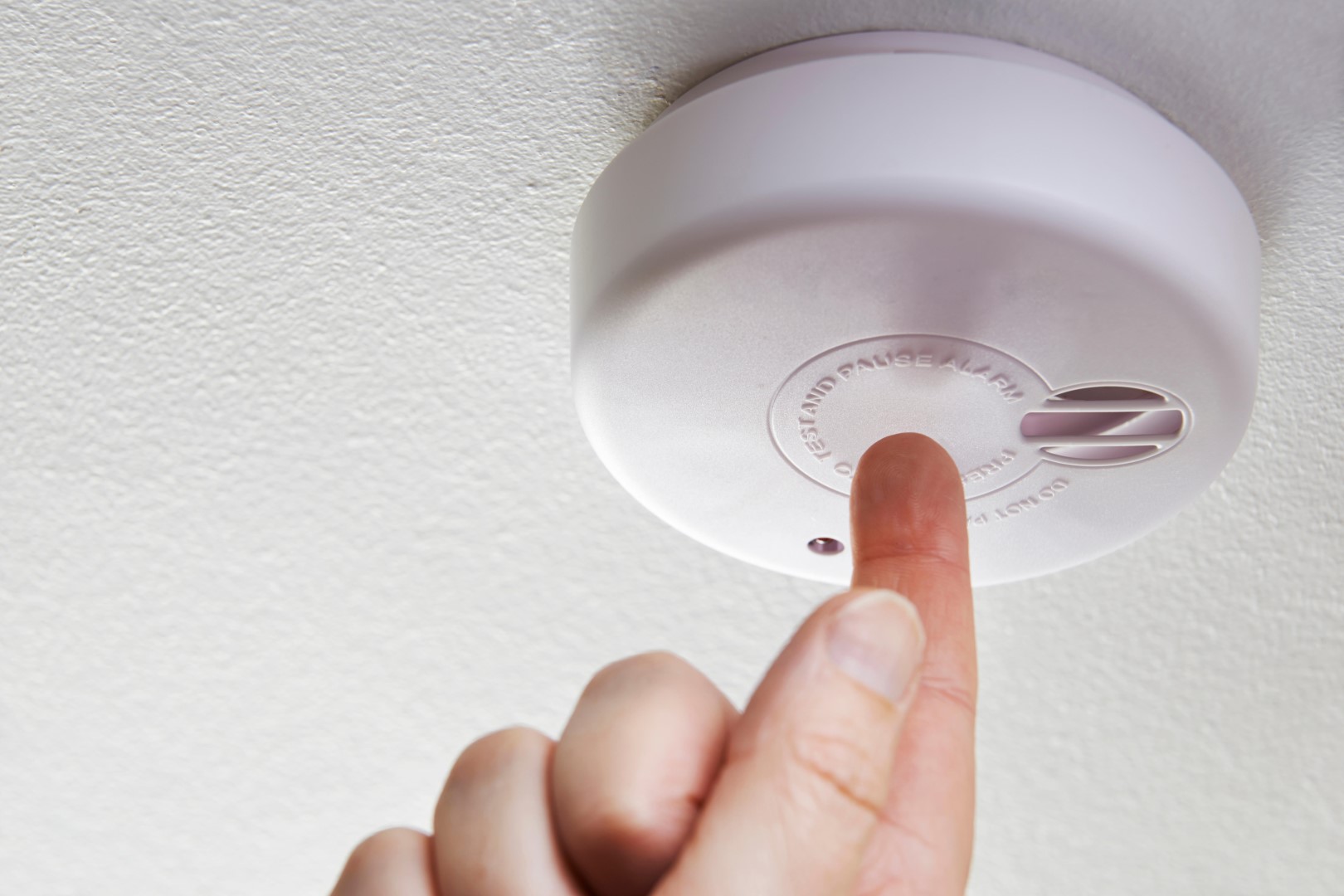
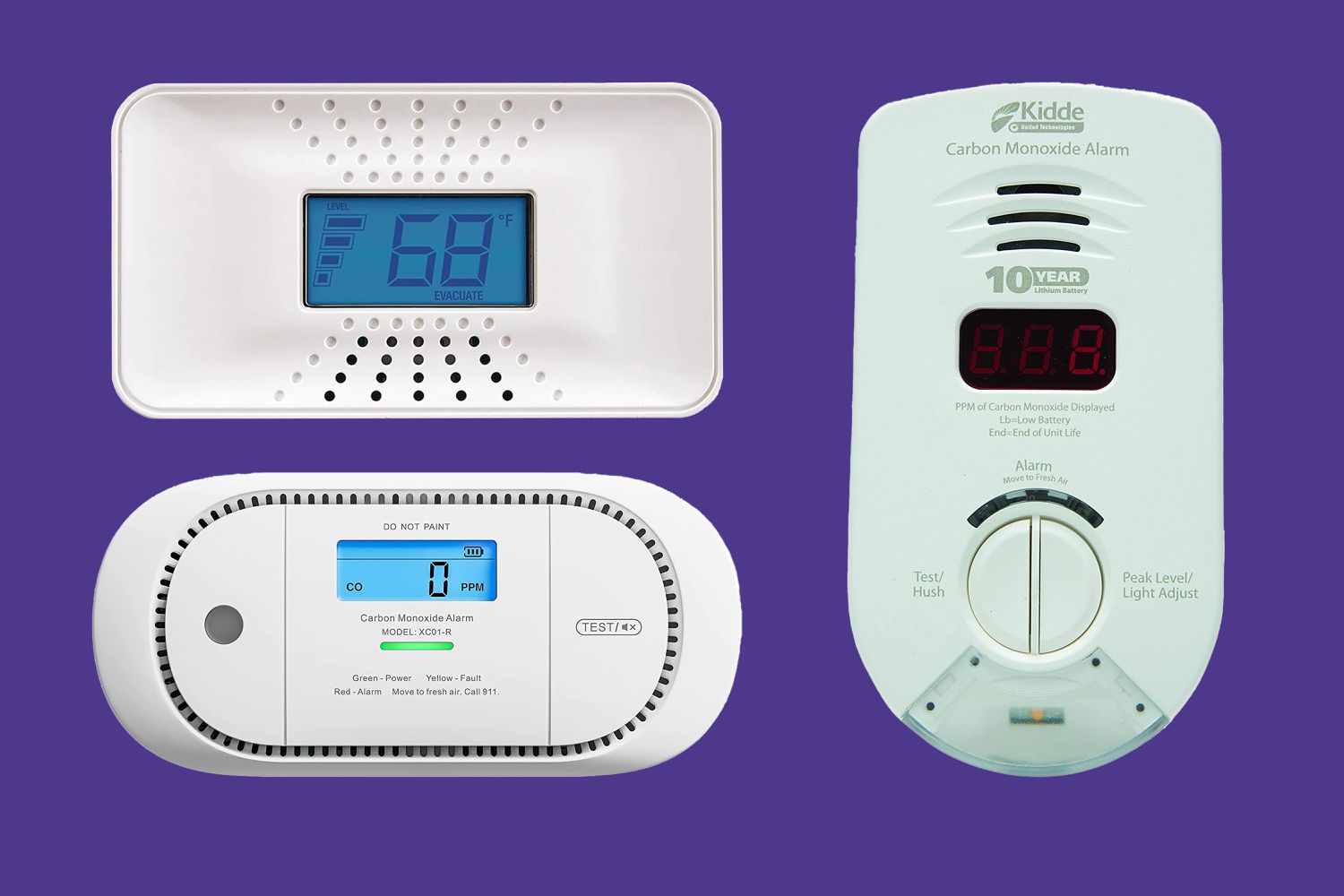
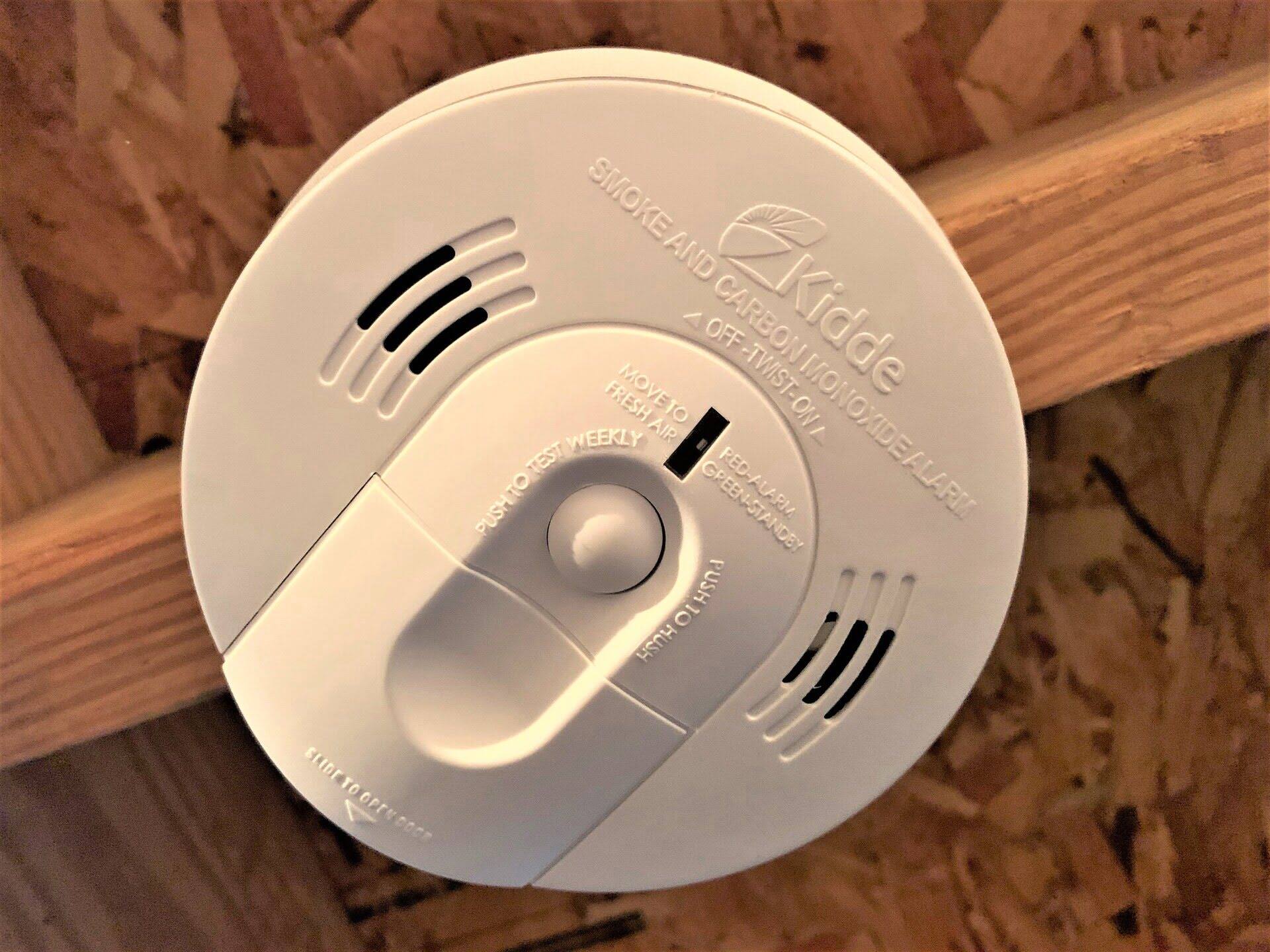
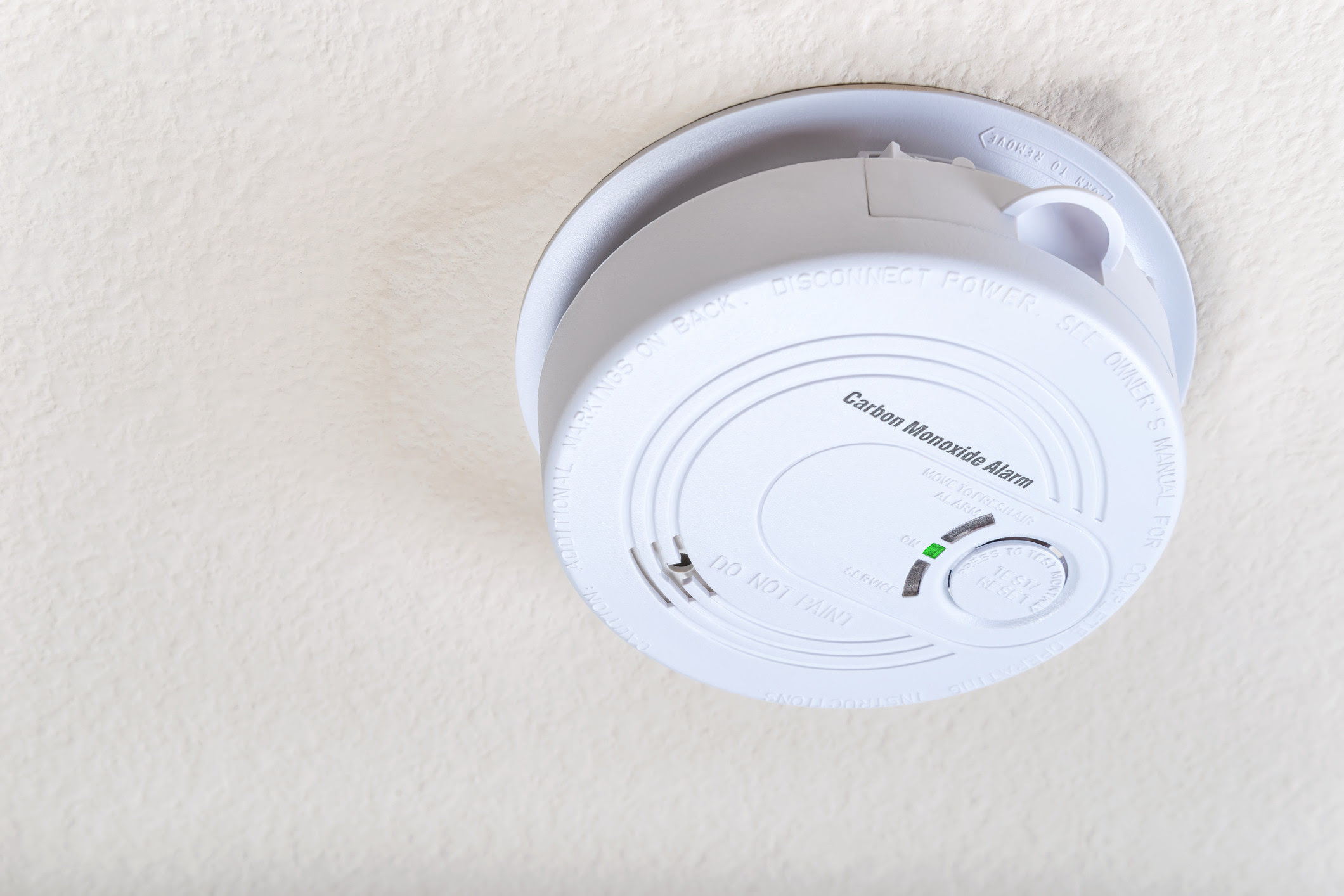
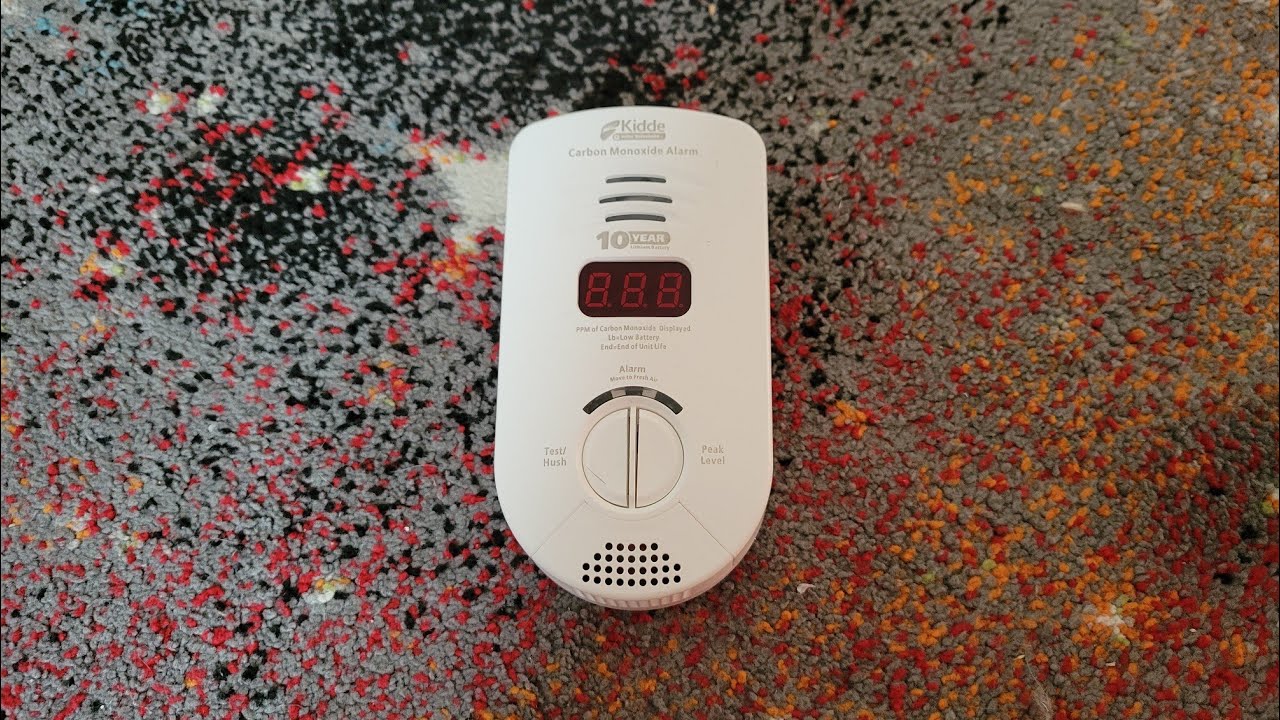
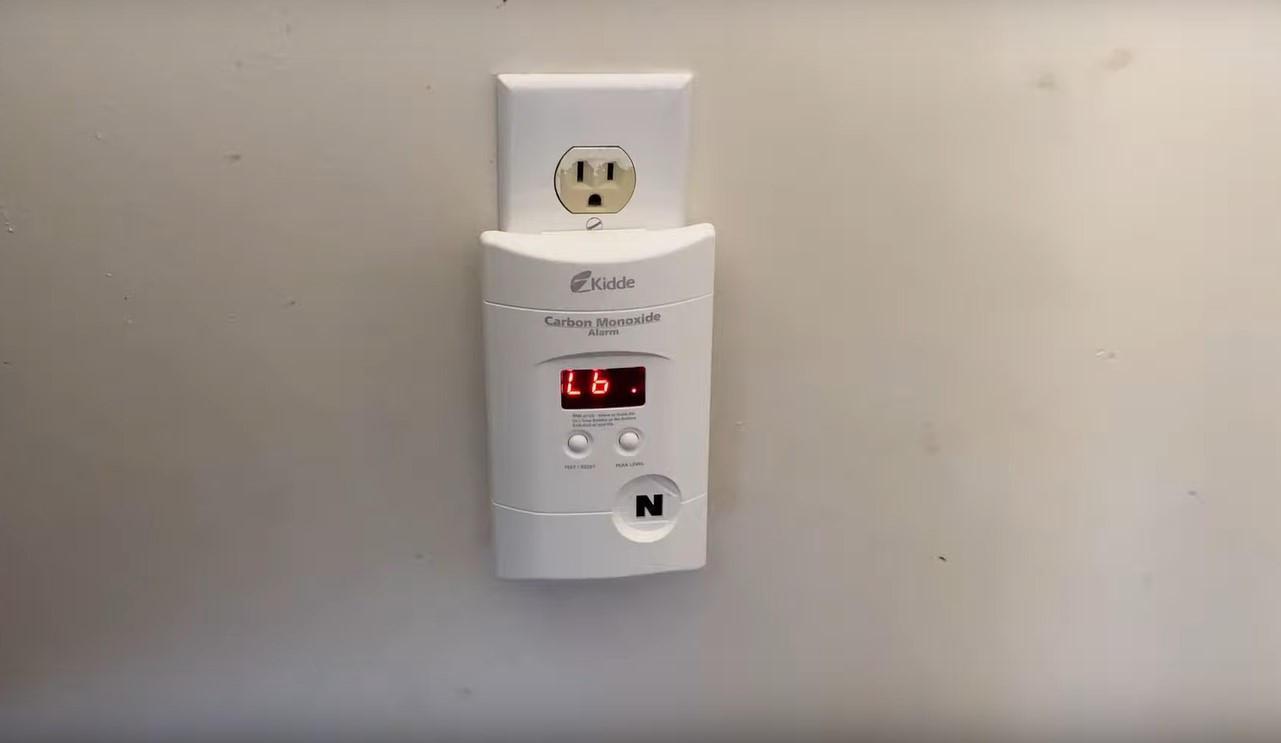

0 thoughts on “Carbon Monoxide Detector: How Long Does It Last”